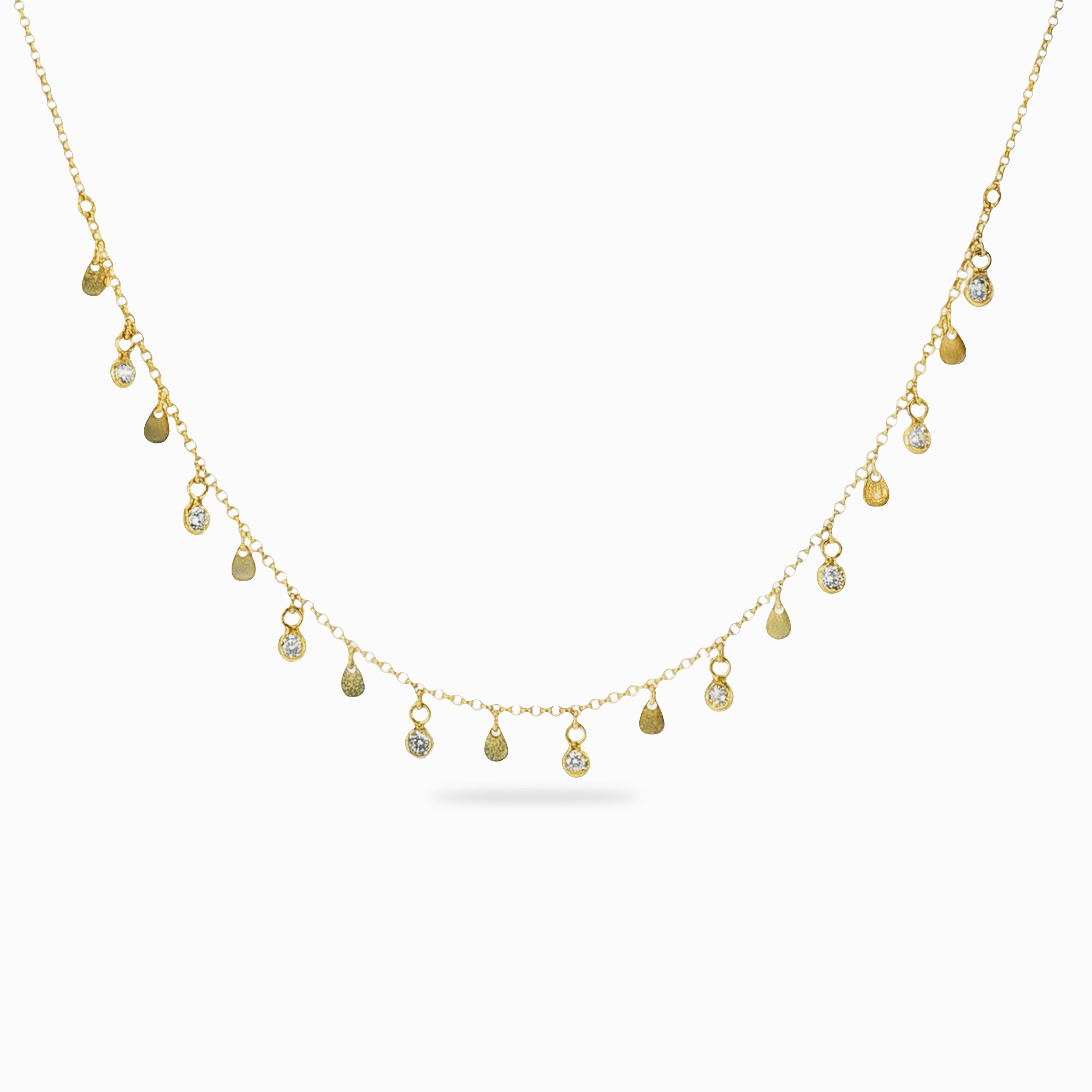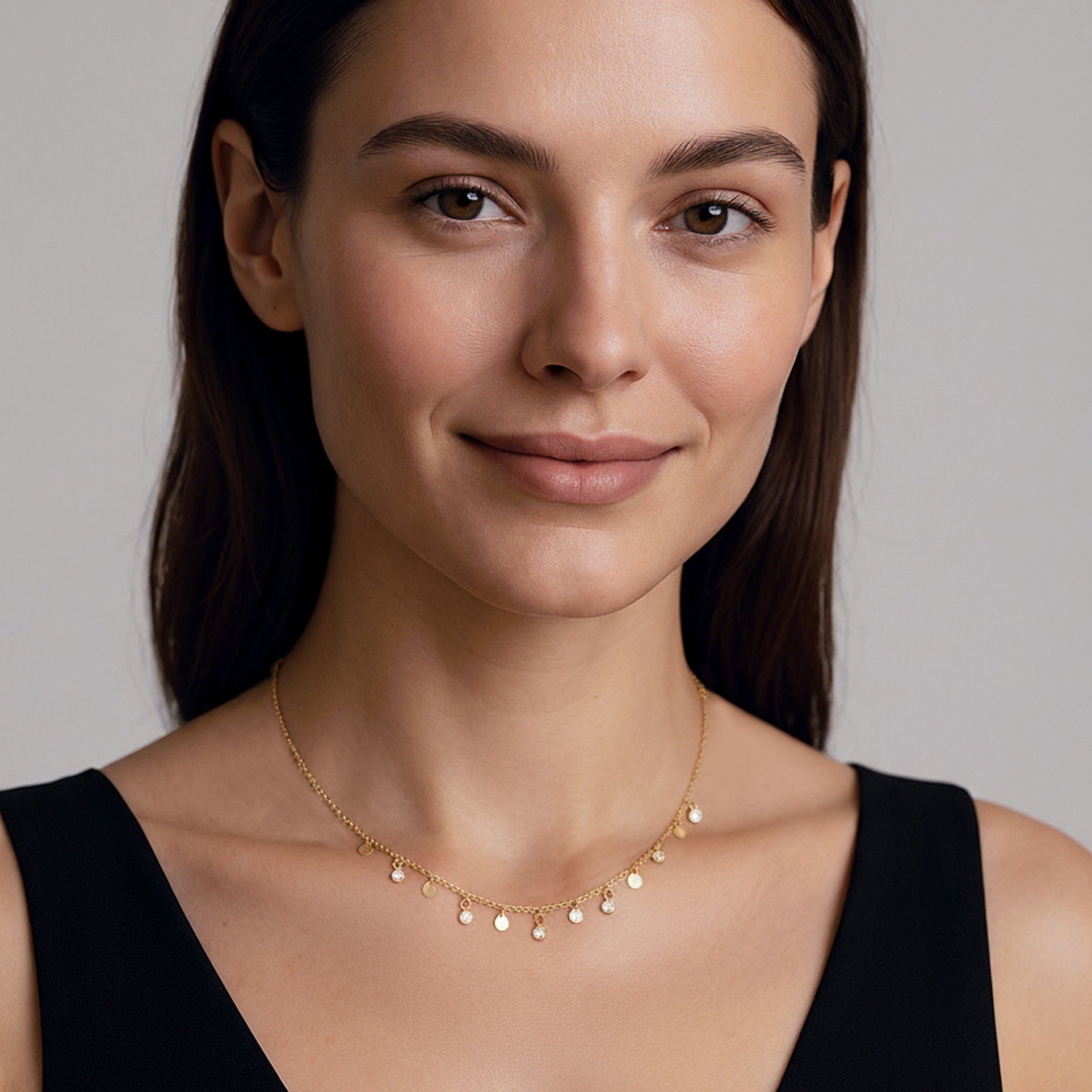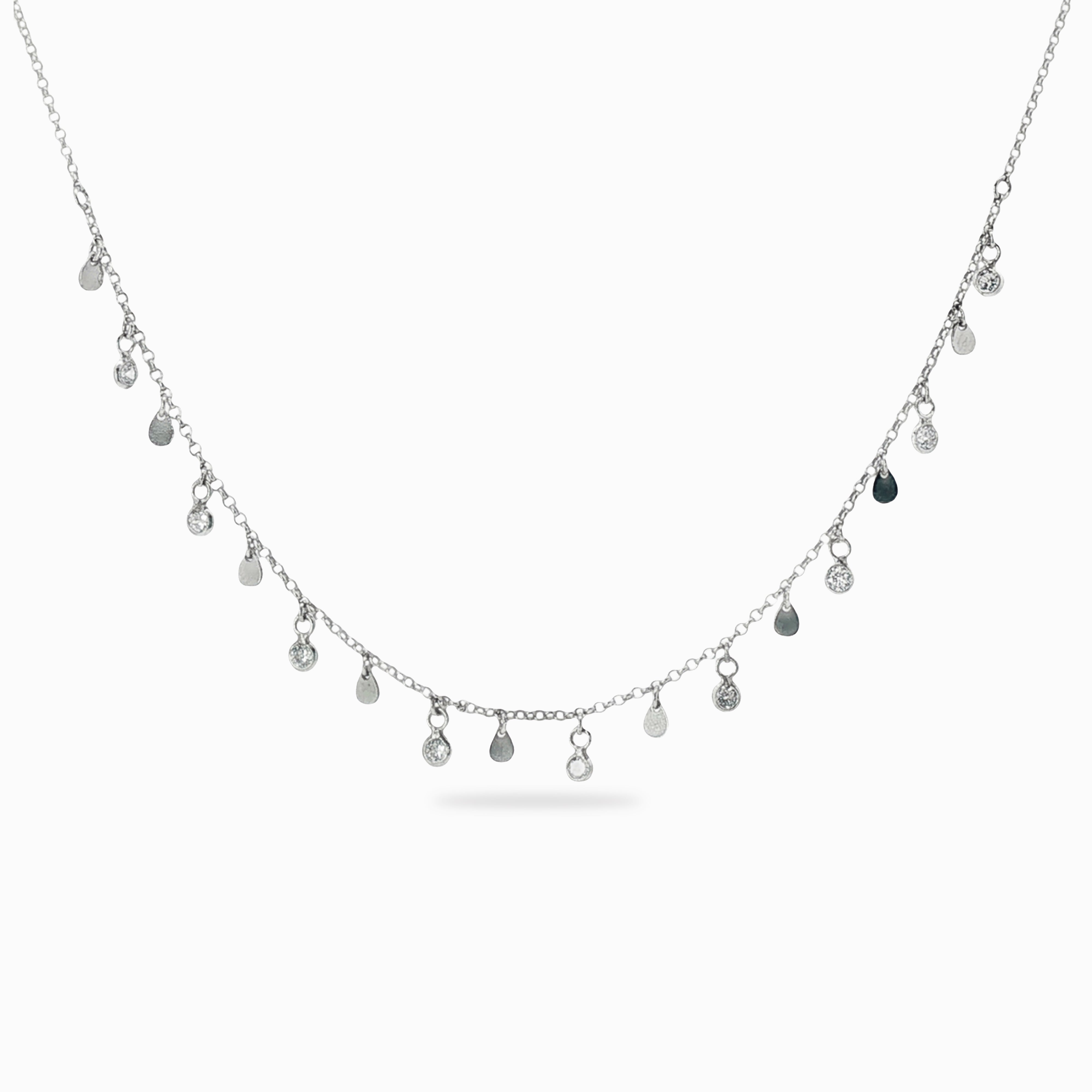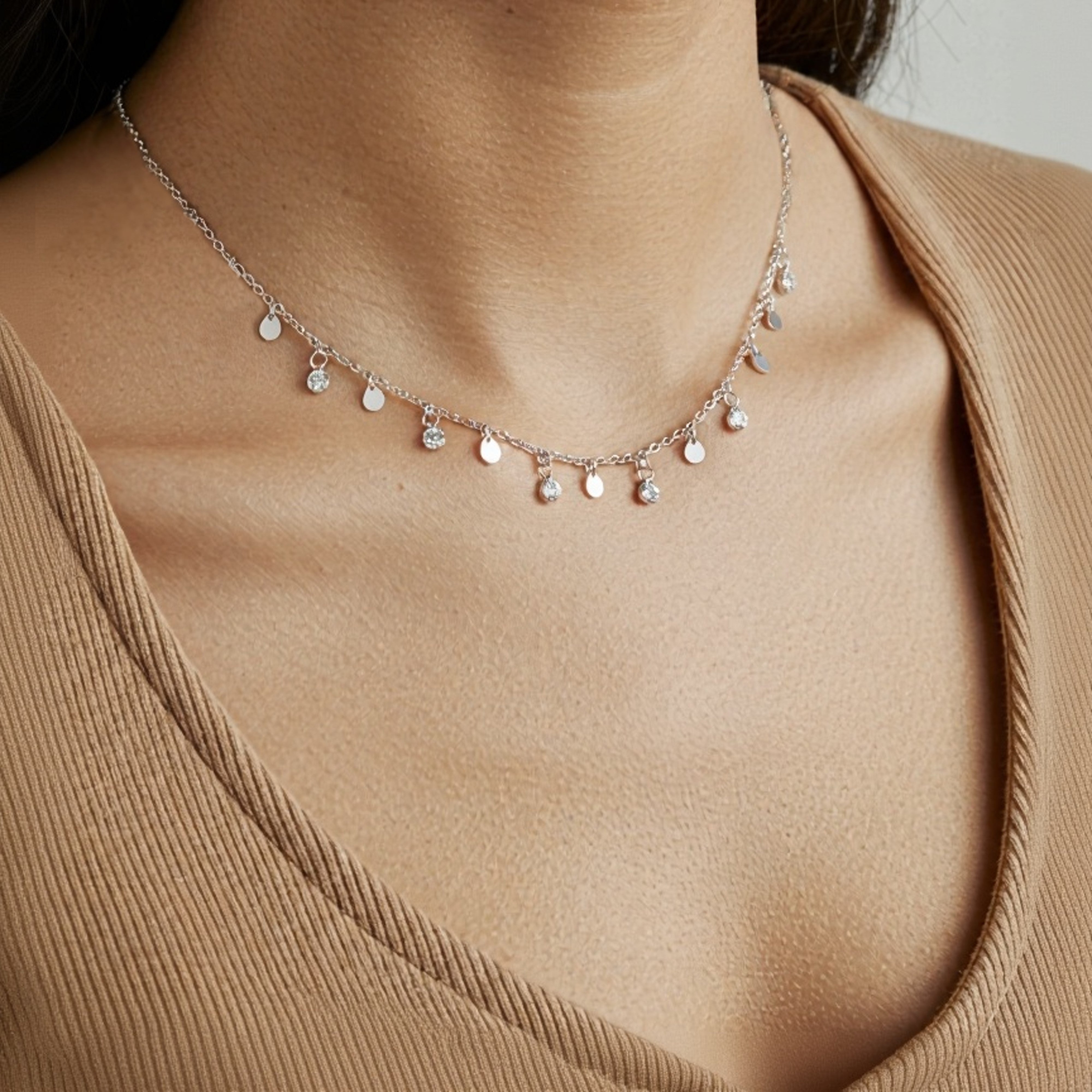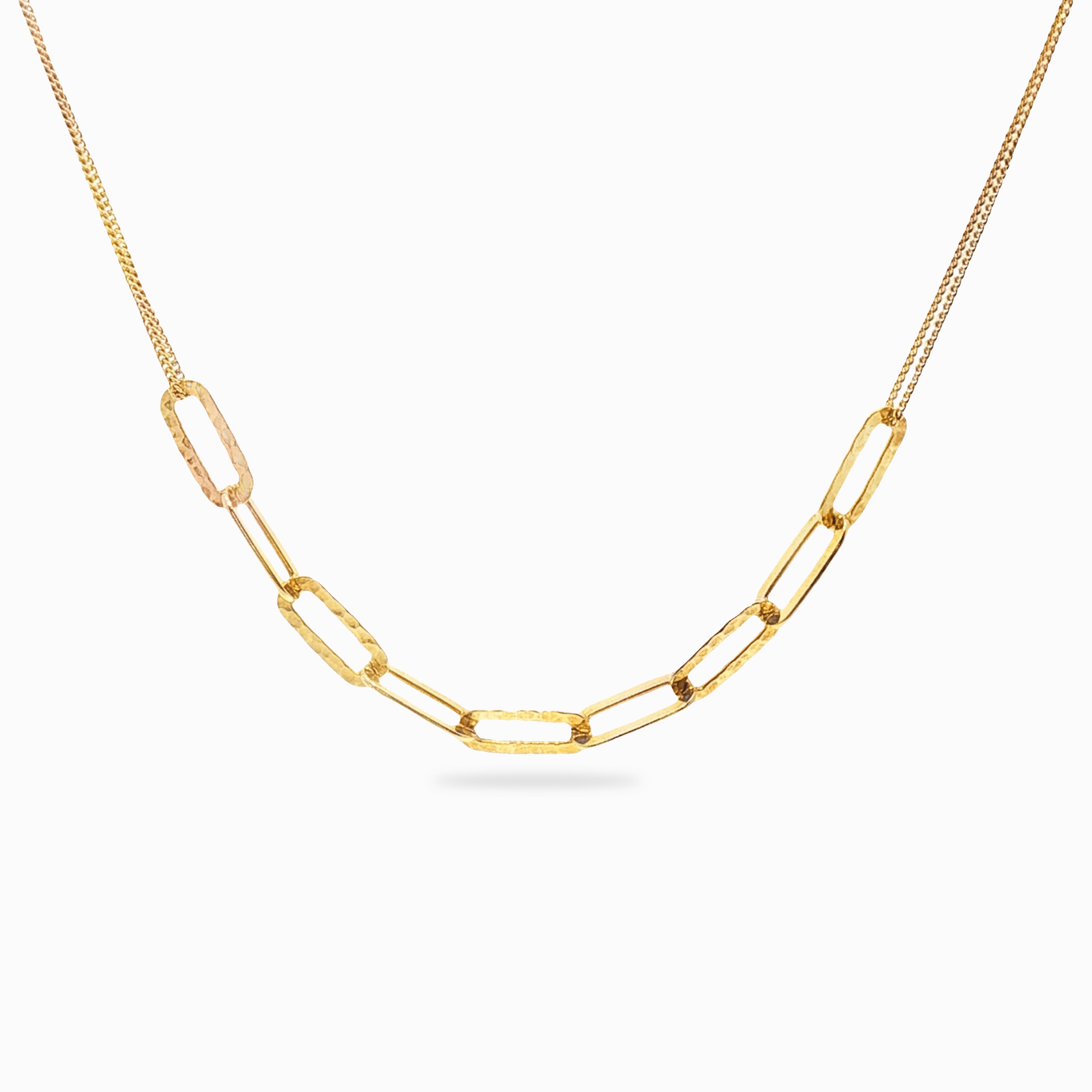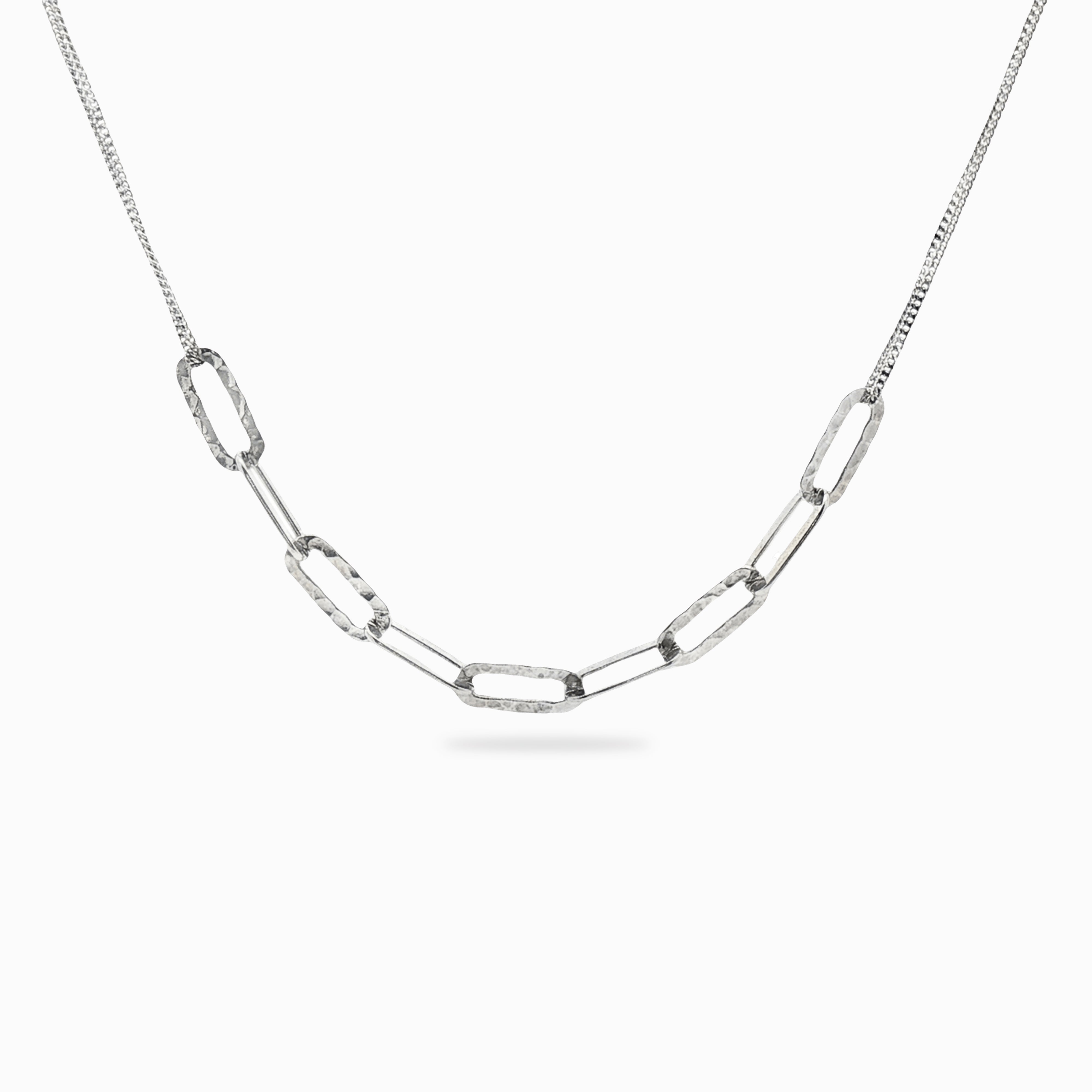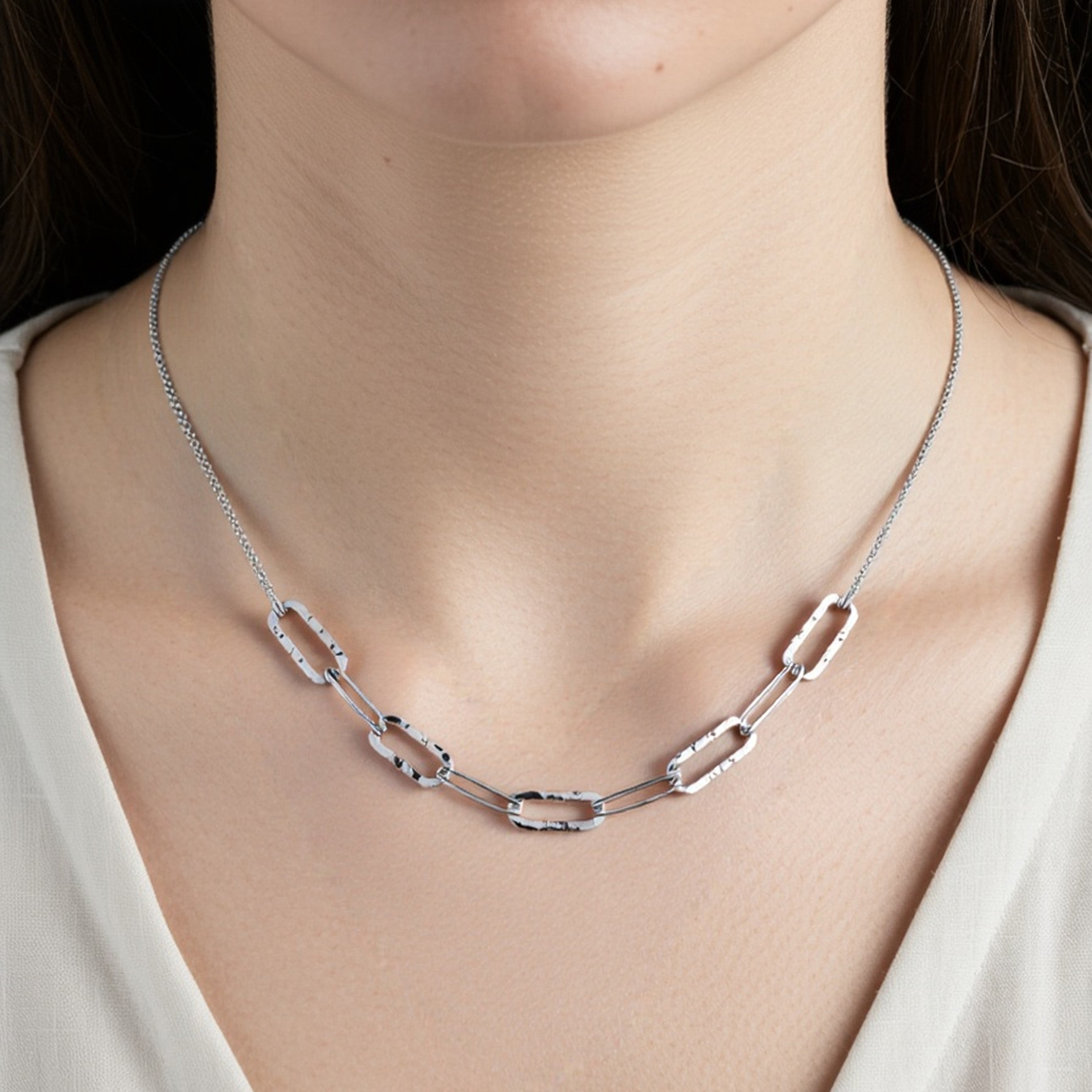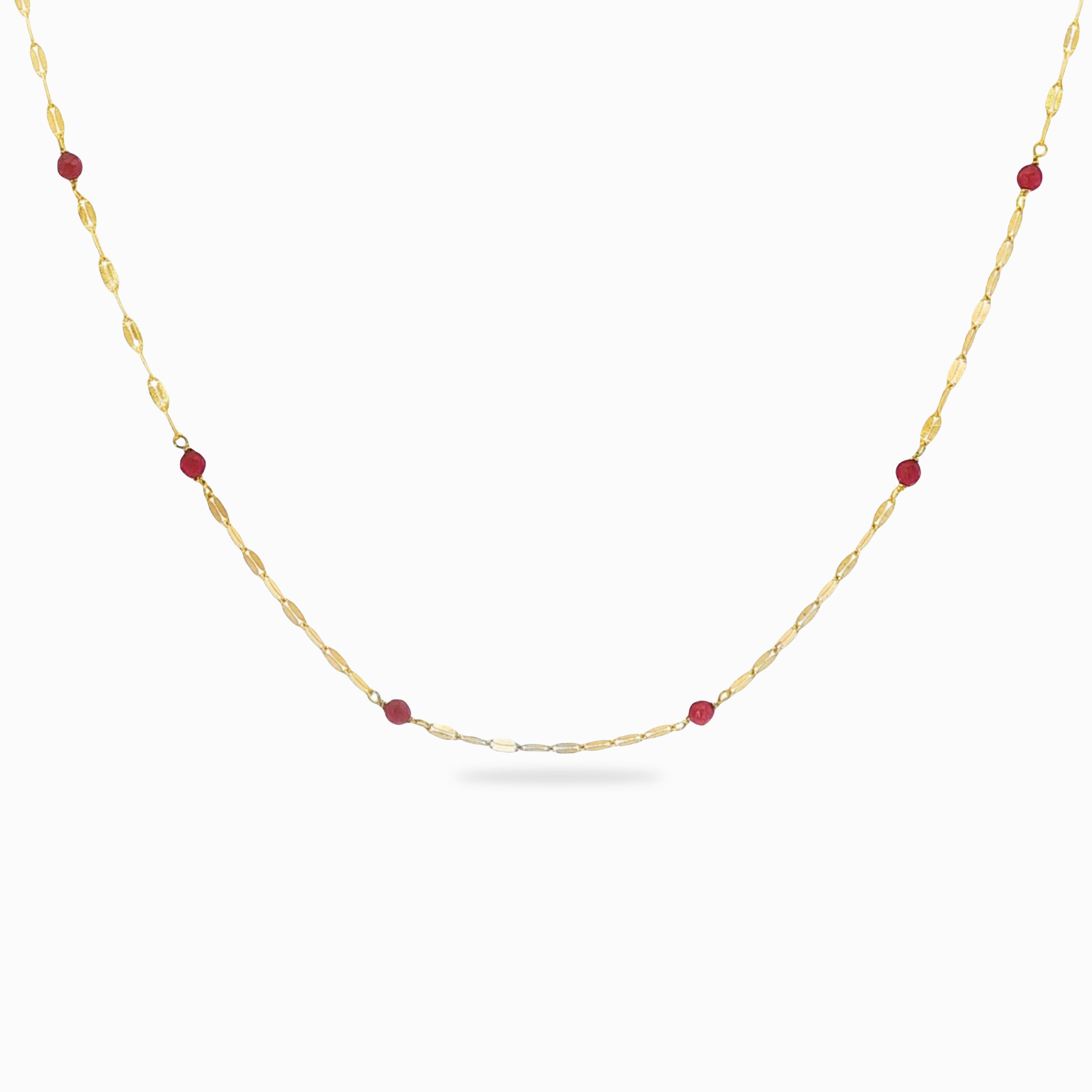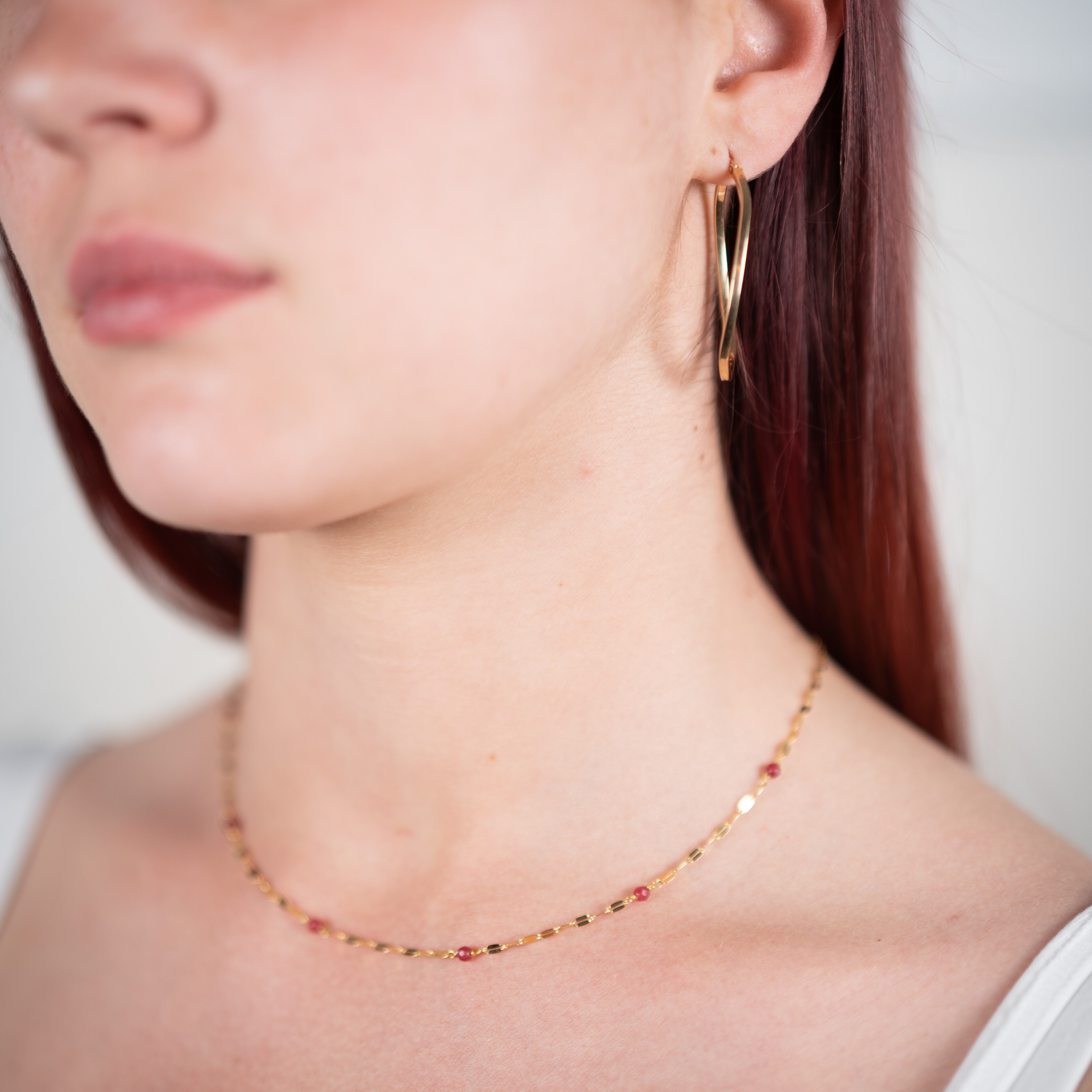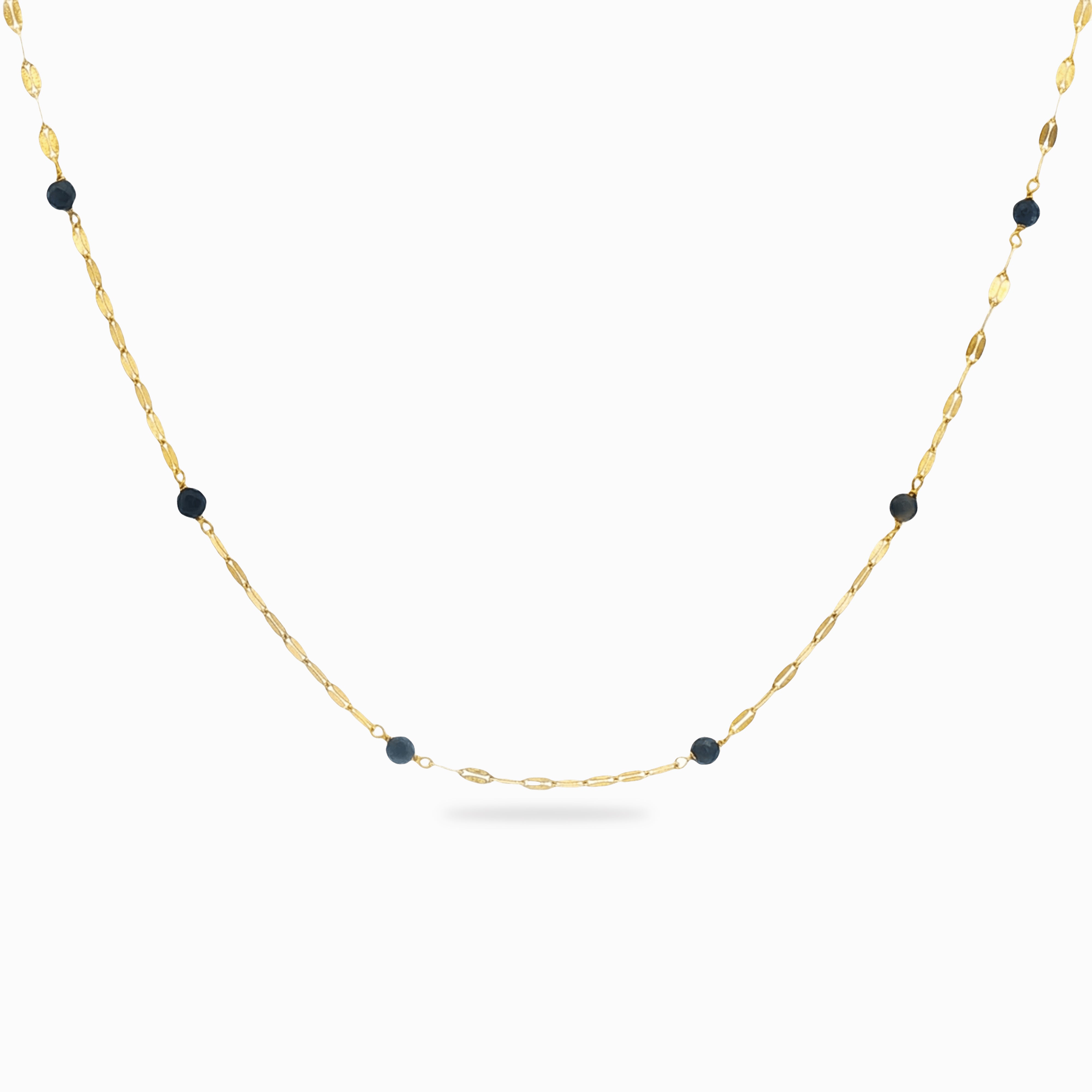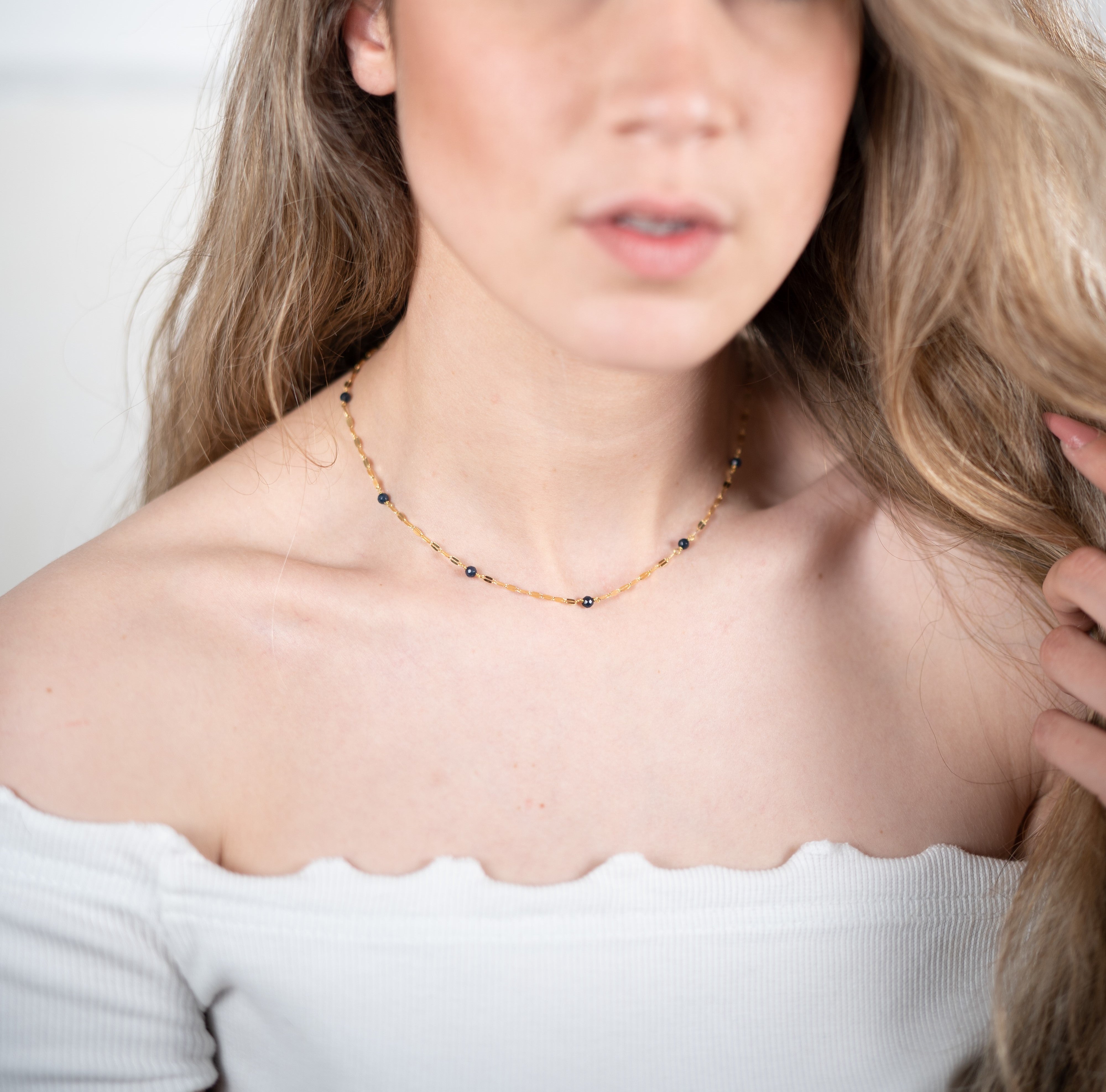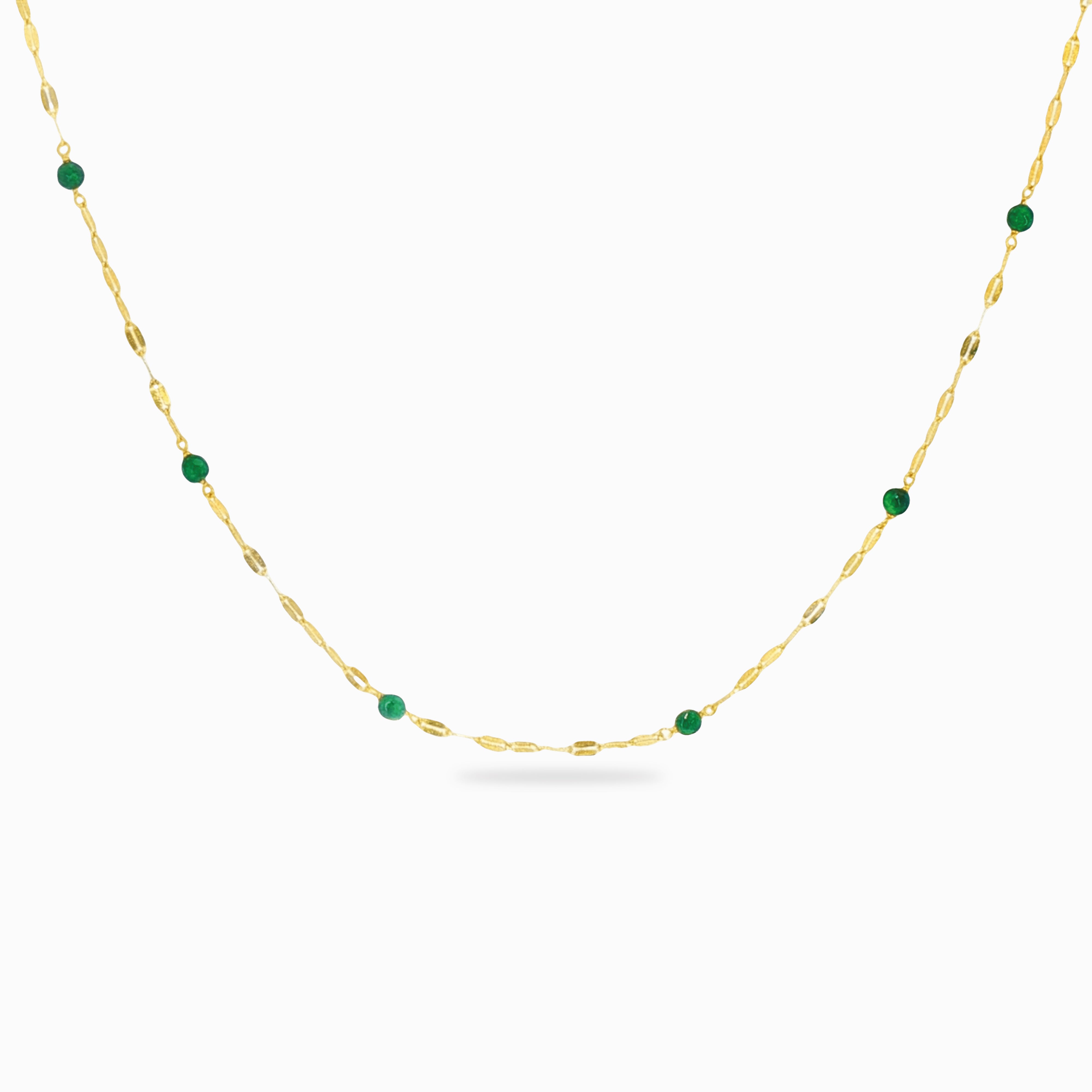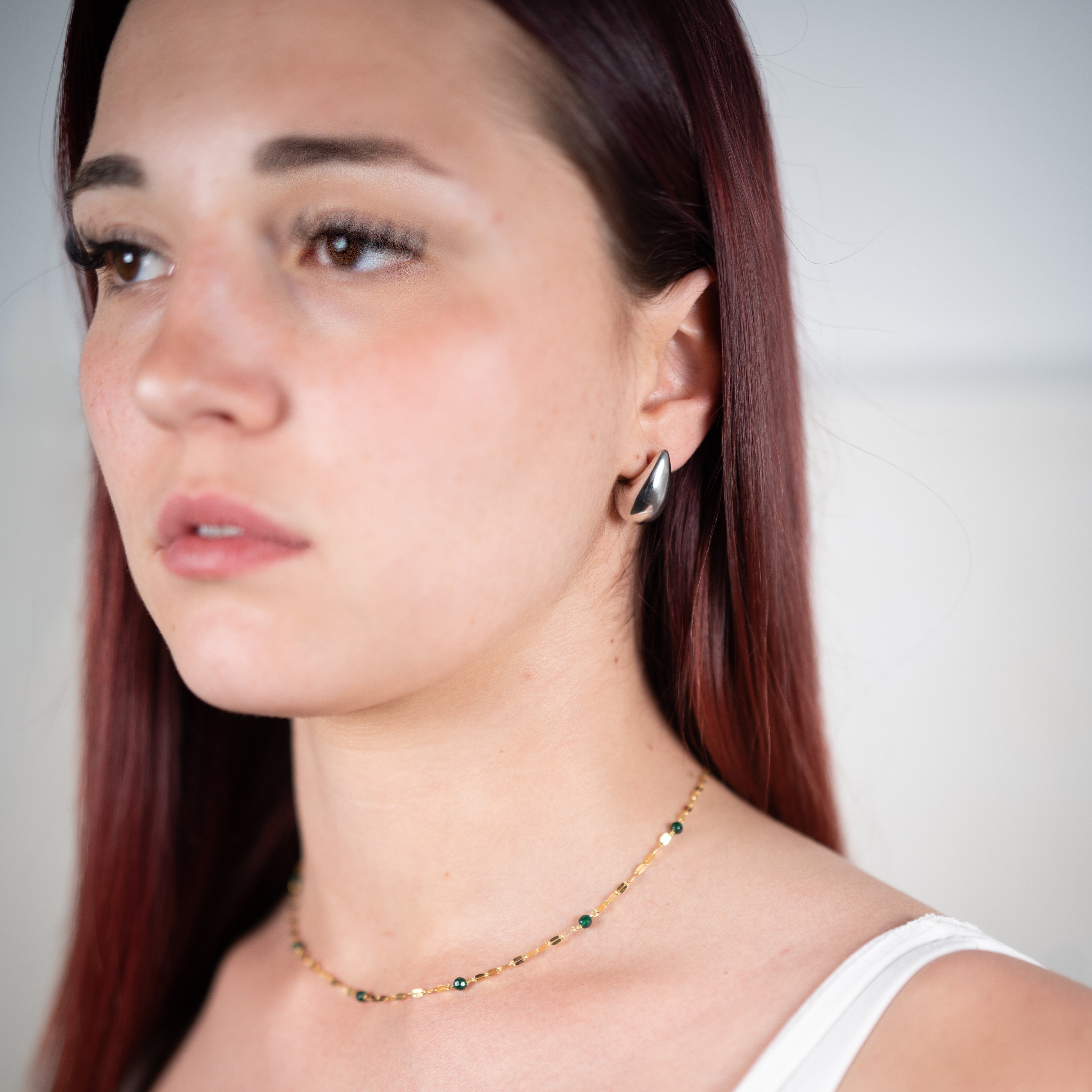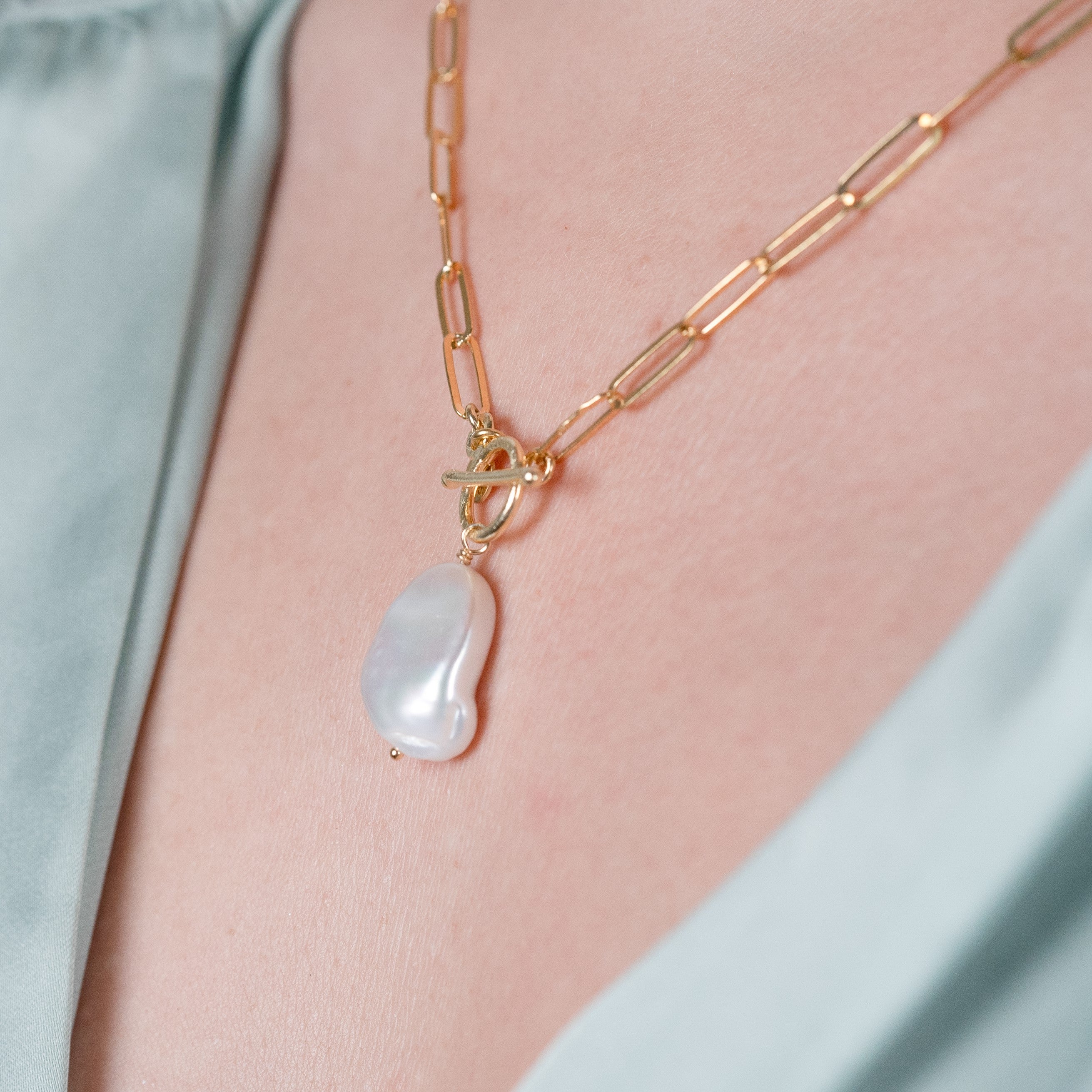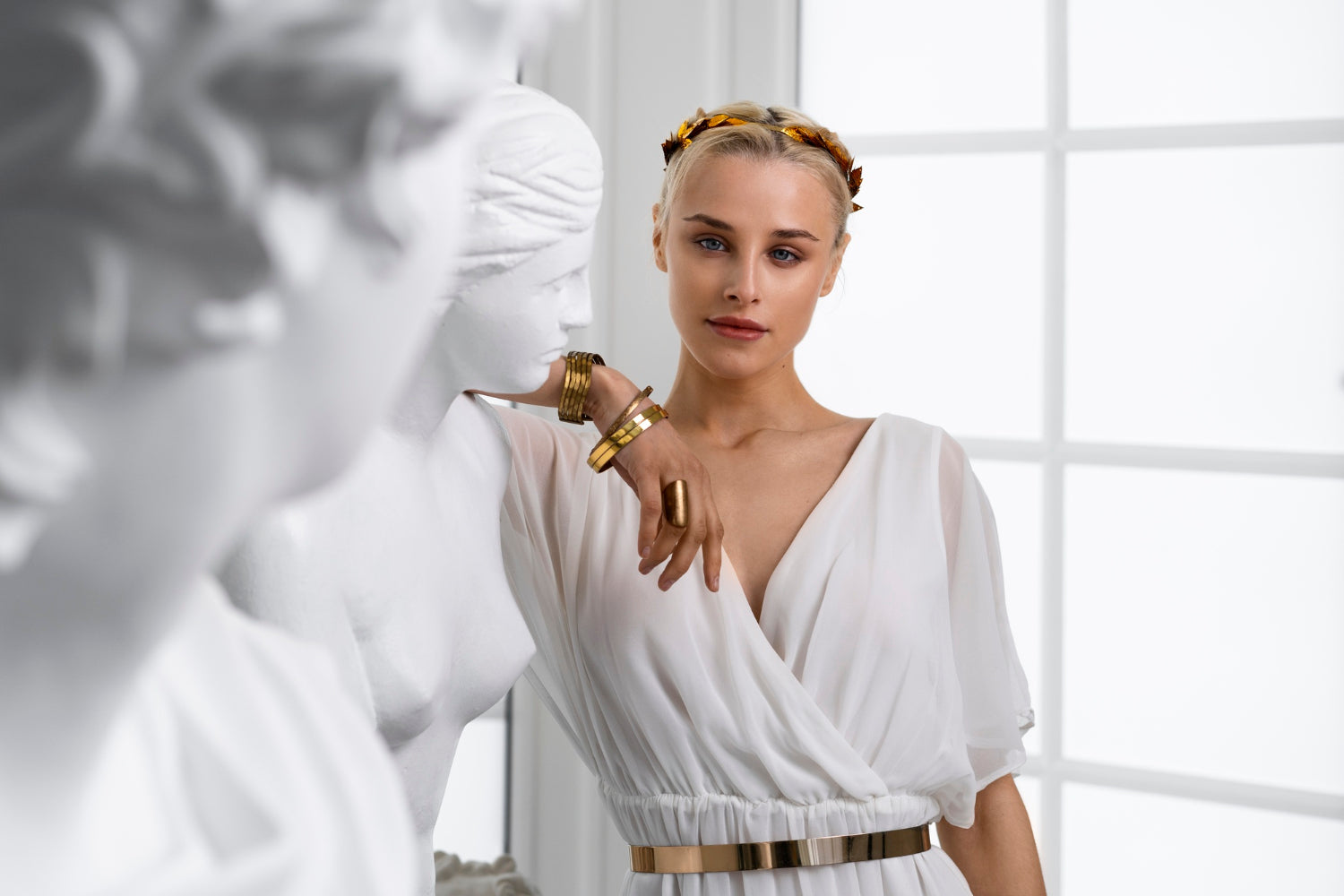
History and significance of the most emblematic jewels
Since the dawn of time, jewelry has played an essential role in civilizations the world over. Symbols of power, protection, love or social status, they have endured through the ages, carrying with them a strong emotional and cultural charge.
In this article, we'll explore the history and significance of the most iconic jewels, those that have left their mark on history and continue to be essential pieces of jewelry.
The ring: between commitment and power
The origin of rings
The first rings date back over 4,000 years, to Mesopotamia and ancient Egypt. They were often made of bone, ivory or gold, and were used to seal documents with an imprint.
Among the Romans, the ring was a symbol of citizenship and social status: only senators and high dignitaries were allowed to wear a gold ring.
Engagement and wedding rings
The concept of the engagement ring dates back to Roman times, when iron rings were used as proof of a union. It wasn't until the 15th century that Archduke Maximilian of Austria presented his fiancée, Marie of Burgundy, with the first diamond-set ring, launching a tradition that continues to this day.

The wedding ring, on the other hand, symbolizes eternal love thanks to its circular shape, with no beginning and no end. In most cultures, it is worn on the left ring finger, a finger believed to be directly connected to the heart by the "vein of love".
The necklace: a jewel of prestige and protection
A thousand-year-old jewel
The necklace is one of the oldest pieces of jewelry worn by man. The earliest necklaces were made of shells, stones and bone, and served to protect the wearer.

In ancient Egypt, gold necklaces adorned with scarabs symbolized luck and protection. Pharaohs wore pectorals adorned with precious stones, considered magical amulets.
Emblematic necklaces
- The pearl necklace Worn by icons such as Coco Chanel and Audrey Hepburn, it's the epitome of elegance.
- Heart pendant necklace The heart pendant necklace: often given as a gift, it symbolizes love and affection.
- Long necklaces Popularized in the 1920s, they reflect refinement and luxury.
The bracelet: a symbol of union and protection
Origin and meaning
Bracelets first appeared in prehistoric times in the form of strips of leather and bone. Among the Egyptians, bracelets made of gold and precious stones were a sign of power and wealth.
In many cultures, the bracelet is also a protective talisman. In Greece and Rome, snake-shaped amulets were worn around the wrist to ward off the evil eye.
Famous bracelets
- The bangle bracelet Rigid and pure, it's synonymous with sophistication.
- The tennis bracelet Popularized by tennis player Chris Evert, this diamond bracelet is a modern jewelry staple.
- Bracelets Often engraved with a first name or a date, they symbolize family or friendly ties.
Earrings: jewels of power and femininity
An ancestral tradition
Earrings are one of the oldest fashion accessories. In ancient times, they were a sign of prestige and social status.
In Roman times, only wealthy women wore gold and pearl earrings. In some Asian cultures, earrings also served as protective amulets against evil spirits.
The most emblematic styles
- Creoles Creoles: first seen in Africa over 2,500 years ago, they have become a fashion staple.
- Pearls Pearls: synonymous with refinement, the Japanese considered them a symbol of purity.
- Diamond stud earrings Discreet and elegant, they are a timeless classic.
The brooch: between tradition and modernity
A royal story
The brooch is a jewel that has survived the centuries. Worn by queens and aristocrats, it was once used to fasten garments while displaying a high social status.

In the 19th century, cameo brooches featuring finely carved portraits were very popular in Europe.
The brooch today
Long considered old-fashioned, brooches are now making a comeback in contemporary fashion. Worn on a jacket lapel or dress, it adds a trendy touch to any outfit.
The lucky charm pendant: belief and spirituality
For millennia, pendants have had a protective and spiritual function. Some of the most popular forms include :
- The four-leaf clover universal good luck charm.
- The protective eye commonly used in the Mediterranean to ward off the evil eye.
- The crescent moon a symbol of femininity and renewal.
- Fatma's hand associated with protection and blessing.
Royal jewels: treasures of history and power
Crown jewels are among the most iconic pieces in history. Among the most famous are :
- The Hope Diamond a mythical blue sapphire surrounded by legends.
- The British Imperial Crown inlaid with over 2,800 diamonds.
- Marie-Antoinette's necklace famous for the scandal that marred the French monarchy.

These pieces illustrate how jewelry has always been associated with power and prestige.
Conclusion
Jewelry is much more than a simple accessory: it tells a story, conveys an emotion and carries a strong meaning. Whether given as a token of love, worn as a symbol of protection or passed down from generation to generation, they occupy an essential place in our cultural heritage.
At Lady Taty, we offer a selection of sterling silver jewelry, combining tradition and modernity, so that each piece has a unique and timeless meaning.
If you want to add a touch of elegance and history to your collection, discover our exclusive collection. !



